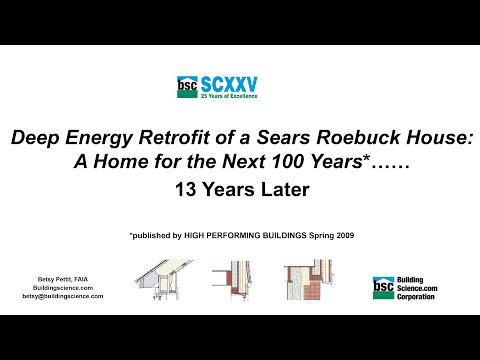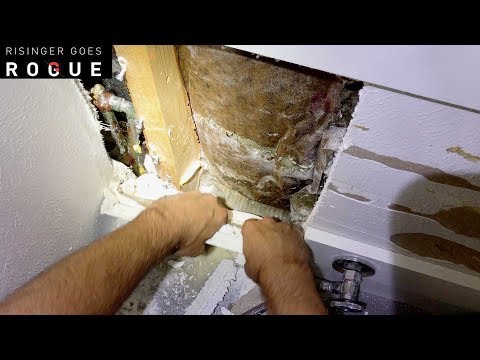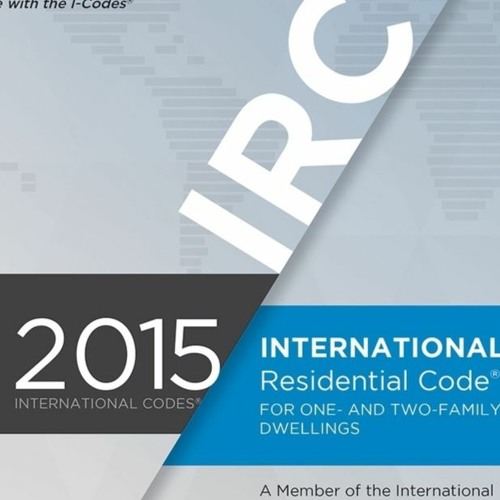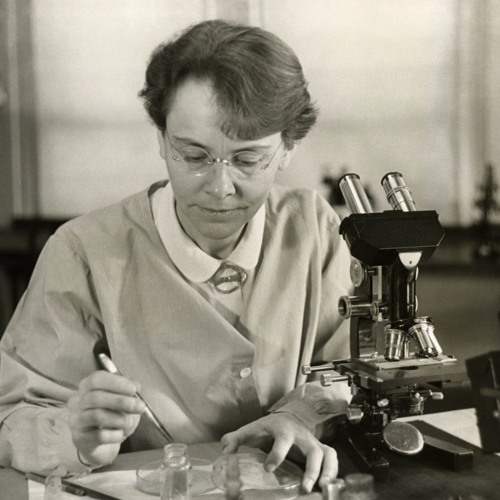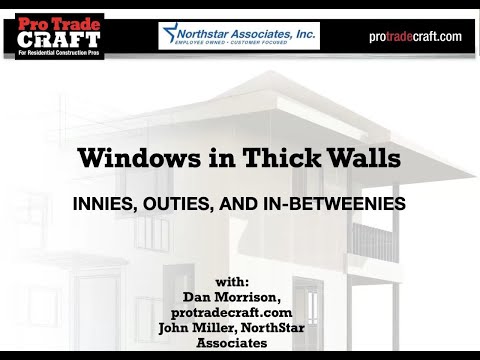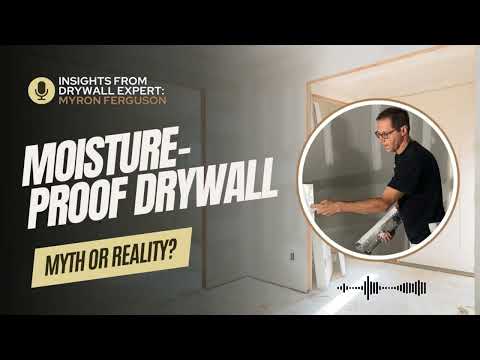Pennsylvania, New York, and Vancouver think so.
It is no secret to building professionals how big an effect buildings and their energy use have on global carbon production and energy use, so the movement toward aggressively more efficient buildings is no surprise.
Building codes have raised the energy efficiency bar steadily over the last few code cycles, and it is not expected to reverse course. As states adopt their own standards—such as passive house— it will separate the osprey from the ostriches.
Video Transcript:
00:02 Zack Semke: In the United States, our buildings are responsible for over 40% of carbon emissions. People aren't aware of this. We think about our cars and other things as the things that are producing carbon emissions, but silently around us, all of our buildings, our homes, our office buildings, schools, hospitals, they're all burning energy. And that is a big part of the climate problem.
00:27 Speaker 2: In the United States, local governments, businesses, and individuals are working on inventive ways to curb carbon emissions in an often-overlooked place, our homes. Zack Semke works at NK Architects, a company that specializes in a cutting-edge energy-efficient building technology called Passive House.
00:49 ZS: I'm a very active proponent, I guess, of Passive House, 'cause it's just clear to me that it's a very powerful way to transform buildings into a form of climate action. In the clean energy space, we're seeing solar panels and wind just plummeting cost and performance rising really rapidly. We need to take a cue from that and harness science, essentially, to build better buildings. And that's what Passive House does. In order to meet the Paris Accord targets, we need to flatten out emissions by 2020 and then see emissions reduce by half every decade afterward.
01:32 S2: The Paris Climate Agreement pledges to limit the rise in global temperature to well below 2 degrees Celsius. This ambitious goal will require a lot of cooperation, determination, and innovation. Reducing energy use in buildings will play a major part in this. According to the United Nations Environmental Programme, buildings use about 40% of global energy.
02:00 Speaker 3: The moral imperative for action is clear. All of us, governments, businesses, consumers, we'll have to make changes. More than that, we will have to be the change.
02:11 S2: But how does this translate into real life? In Seattle, Washington, the Ritchie family has built a Passive House for themselves using advanced technology to drastically cut their energy use.
[background conversation]
02:30 Mr. Ritchie: I am an environmentalist. I was an engineer for about 10 years. I have been now in construction for about 10 or 11 years. I like to work with my hands and I like construction a lot, and I wanted to take it to sort of another level, to really do something meaningful in the community. Once you build a house, hopefully, it's gonna last for a very long time, and you kind of have one opportunity to really fix the energy consumption of the house. And you lock in that energy consumption for 100 years. And so for me, that was a very compelling idea, so we decided to do this house that way. As you can see, this windowsill is probably deeper than most windowsills. This windowsill is probably about maybe 10, 11 inches deep, and that's because the entire wall is 16 inches thick. So this is a fairly deep wall assembly, much deeper than on a traditional house.
03:25 S2: The typical house in the United States has exterior walls around 10 inches thick.
03:31 MR: So it is an airtight house, and so we have continuous ventilation. So we're delivering fresh air to the house all the time.
03:38 S2: A Passive House uses what's called a building envelope to heavily control the air that gets in and out of the building. That means a super-thick layer of insulation everywhere.
03:51 MR: Might be a little challenging to film in here. So this is the heat recovery ventilator. It's bringing in incoming fresh air from outside and it's filtering that air. So this is delivering fresh air to the house continually.
[background conversation]
04:08 Mrs. Ritchie: Having continuously filtered fresh air takes the allergens out of the air, takes the toxins out of the air. And I think the other part of it is, it's much more comfortable. In our old homes, in the winter you would be running the heat pretty constantly and you would be bundled up. And so for us, we can just have a T-shirt and a pair of jeans and flip-flops in our house all year round.
04:37 S2: On average, a Passive House costs around 3% to 5% more than a conventional building, yet reduces energy use by up to 90%. In Pennsylvania, the state's housing agency has begun to incentivize Passive House technology by giving builders a competitive edge in their affordable housing bids if they use it.
05:01 Laura Nettleton: The biggest threat that we face is climate change. I've always loved our planet. I love nature, I love our world. I see it slowly being eroded away on a whole variety of fronts and it alarms me.
05:18 S2: Laura Nettleton, an architect in Pittsburgh, Pennsylvania, has recently been focusing on restoring old buildings to Passive House standards.
05:29 LN: We were called into McKeesport. This particular neighborhood, because of the reduction in steel production here, this community has kind of emptied out. This YMCA turned into a homeless shelter, and there were 72 residents living there, and the building was dilapidated and in poor condition. The ideal way to do retrofits is to put a sweater on the outside of the building. And that sweater's made of insulation and new skin. The best way to think about it is if I was asking you if you wanted to stand outside on a 15-degree day, all day, and I offered you two pieces of clothing, I gave you a snowsuit that went over your head and had mittens built-in and went over your boots, or if I offered you a wool coat. And we both know which one you would take, you would take the snowsuit. And the snowsuit's designed to keep the cold air out. It's the same principle as a Passive House.
06:25 S2: And the same protection from a cold climate provides energy conservation in a hot one as well, reducing the need for air conditioning when temperatures run high.
06:35 LN: If you wrap your building in insulation carefully, then you can really conserve a lot of heat. We save 68% of the energy from the original facility. So that was a huge reduction in energy.
[music]
06:51 Speaker 7: The Passive House movement is really taking off across the Northeast and across the United States.
06:55 S2: [06:55] ____ works on conservation for multi-family buildings at NYSERDA, New York State's Energy Agency.
07:02 S7: So the first piece of the equation for me is really reducing the energy we consume. Once you reduce the energy you consume in your building by 50%, 60%, 70%, then it becomes much easier and possible to meet that energy demand with renewable energy, be it solar, be it wind farms. What we are doing here in New York, we're trying to create a market, to do very deep retrofits of existing buildings, learning a lot from a successful program that has been implemented in the Netherlands called Energiesprong.
07:37 S2: The Energiesprong program takes an existing building, puts a new well-insulated shell around it, and prepares the roof for solar panels. The energy efficiency principles behind it, like a super-tight building envelope and continually circulating fresh air, are similar to Passive House. NYSERDA is currently studying how to implement a system like Energiesprong or Passive House on a scale large enough to execute statewide. And in an effort to expand the reach of this technology, the Passive House Institute of the United States has begun working with its counterparts in China and Japan to foster sustainable architecture on a global level.
08:22 ZS: There's a real possibility that Passive House could scale up quickly enough to create a zero-net-carbon built environment by 2050, which is what we need to do.
08:32 MR: I'm sure it was the same thing when the first houses had to be plumbed and have electricity. "Oh, this is a stupid idea and we're never gonna be able to... It's too expensive," right? It's the same thing. It's just we're working on how to make the energy more sensible.
